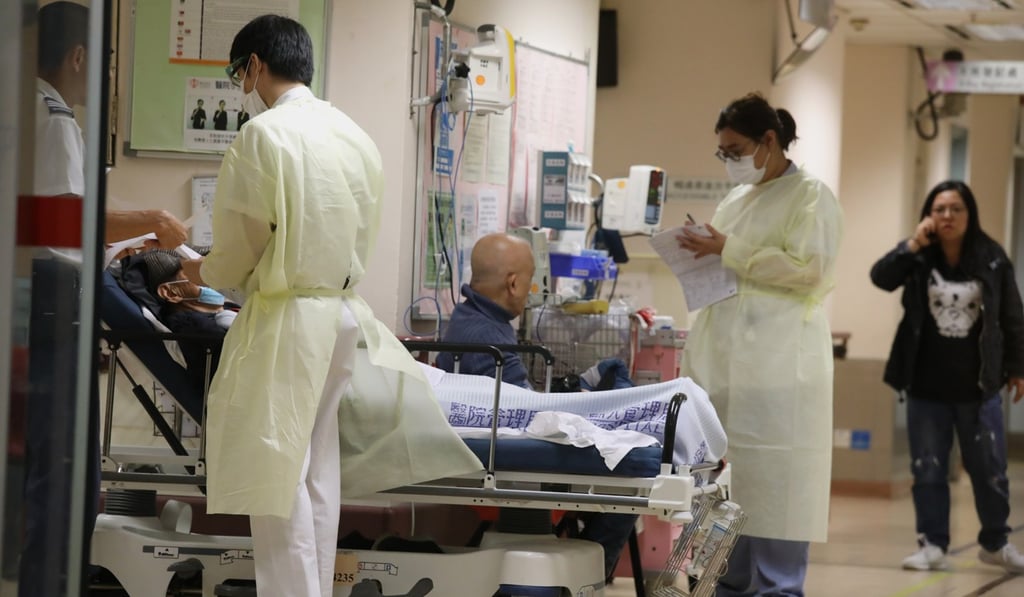Hong Kong cases of ‘public enemy No 1’ superbug more than double in 2018, prompting Hospital Authority to unveil five-point plan to halt the spread
- CPE bug detected in patients 972 times last year, up from 473 in 2017
- Authorities believe the superbug was locally transmitted and in response have stepped up the speed of detection and isolation in hospitals

The number of Hong Kong patients diagnosed with a superbug that has been dubbed “public enemy No 1” more than doubled last year, with fears the increase in cases of the virus was driven by people eating bacteria-infected food or poor personal hygiene.
Hospital bosses have moved to quell worries among the public with a five-point plan to combat the spread of a range of superbugs, which includes more active screening for patients deemed high risk, issuing guidelines to local doctors to reduce the use of antibiotics where possible, and strengthening environmental hygiene.
On Monday, Dr Raymond Lai Wai-man, chief infection control officer at the Hospital Authority, which manages the city’s 43 public hospitals and institutions, said the number of inpatients diagnosed with carbapenemase-producing enterobacteriaceae (CPE) last year was 972, a dramatic rise from 473 in 2017.
Only 16 per cent of those 972 cases involved people who had stayed in hospitals outside Hong Kong in the previous year, down from 27 per cent in 2017, prompting fears the superbug was locally transmitted, in most cases through hospitals and homes.

“There is a risk of the superbug spreading in the community; it can be contracted when people eat meat that is not fully cooked,” Lai said. “It can also be spread when people don’t wash their hands properly after going to the toilet, and then touch food or other items.”
The bacteria are resistant to the carbapenem class of antibiotics, a powerful drug for such infections.